Cnidarians - coelenterates
Acropora Pulchra
Acropora robusta
Coral loaf - Cladocora caespitosa
Corallo di Staghorn - Acropora cervicornis
Corallo giallo - Turbinaria reniformis
Corallo margherita - Goniopora lobata
Corallo Tubastraea micranthus
Dendronephthya hemprichi
False black coral - Savalia savaglia
Gorgonia Bianca - Eunicella verrucosa
Gorgonia leptogorgia - Leptogorgia sarmentosa
Gorgonia Ventaglio Gigante - Subergorgia hiksoni
Madrepora Solitaria - Balanophyllia Europea
Madreporaria - Scleractinia
Medusa
Aequorea forskalea
Australian spotted jellyfish - Phyllorhiza punctata
Barrel Jellyfish - Rhizostoma pulmo
Cigar jellyfish - Olindias phosphorica
Glowing jellyfish - Pelagia noctiluca
Mediterranean Cassiopeia or Fried Egg jellyfish - Cotylorhiza tuberculata
Sea Raft - Velella Velella
Penna di mare Pennatula bianca - Pteroeides spinosum
Red coral or precious coral - Corallium Rubrum
Red gorgonian - Paramuricea clavata
Sea anemone - Actinaria
Anemone - Anemonia sulcata
Anemone grosso - Cribrinopsis crassa
Anemone magnifica - Heteractis magnifica
Beadlet Anemone - Actinia Equina
Cylindrical anemone - Cerianthus Membranaceus
Golden anemone - Condylactis aurantiaca
Hermit Crab Anemone - Calliactis parasitica
Trumpet anemone - Aiptasia mutabilis
Sea pen - Pennatula phosphorea
Venus fan - Gorgonia Flabellum
White gorgonian - Eunicella singularis
Yellow cluster anemone - Parazoanthus axinellae
Yellow gorgonian or Yellow sea whip - Eunicella Cavolinii
Cnidari Celenterati Cnidarians coelenterates celenteron
Cnidarians, or coelenterates, are a phylum of animals radially symmetrical, diblasteri and water.
Anatomy and Physiology
Their body can be schematically shown as a lot, with a single opening, surrounded by tentacles, which acts as a mouth but also serves to expel carbon dioxide and waste substances. The tentacles are used to grab prey. The internal cavity, said celenteron, is a true gastrovascular cavity, which extends in part also in the tentacles.
The celenteron performs two functions:
- digestive, as there are poured digestive juices produced by the cells which cover it.
- vascular, since the water that fills it comes close enough to all tissues of the body, providing nutrients and oxygen and removing carbon dioxide and waste substances.
The structural model of Coelenterates is expressed in two forms: polyp and Jellyfish.
Polyps are normally sessile, or fixed to a solid support, and then benthic, with the mouth opening upwardly.
Jellyfish are floating, with the mouth opening downwards. The body of the jellyfish, because of its shape, is said umbel; the aboral part of the umbrella (normally facing upward), convex, is said esombrella, whereas the oral part (normally facing downwards), concave, is said subombrella; This extends to the center in a tubuliforme structure more or less elongated said handlebars, ending with the mouth. The tentacles usually radiate from the umbrella margin (that is, the border between esombrella and subombrella). They are part of the plankton, since it does not actively swimming in the horizontal direction, although they can contract the umbrella to move vertically. In the outer layer of the body (epidermis) are differentiated cells. Muscle cells, able to contract and ensure the movement and body tone. The nerve cells, able to transmit stimuli. Polyps in the nervous system is a network, not a particular organization. In jellyfish there is some hierarchy, with main nerve rays that depart from umbrella top. Between the outer layer and the inner which lines the celenteron (gastrodermis) there is a gelatinous layer, the mesoglea, acellular least in the most primitive forms.
Polyps in the only ways these are the tact and sensitivity to substances dissolved in the water.
In the jellyfish we find two real sense organs. The statocisti, a vesicle internally covered with hair cells and containing one statolito, a mineral body secreted by the animal. It allows the jellyfish to react to the changes in position relative to the vertical, because in that case the statolito pressed on different parts of the wall. A eyespot, sensitive to the light intensity, which allows the animal to adjust its depth according to the intensity of the light.
Biology
Supply The diet of cnidarians is carnivorous: they feed on copepods and small fish, more juveniles feed on fitoflagellati and rotifers. The abundance of food is important for the development of cnidarians as it is the main element that the strobilazione of hydroids and scyphozoans take place.
The prey is captured with poison inoculation through cnidocysts, including all species of the phylum are provided and subsequently introduced into the internal cavity to be digested. The digestion is partly extracellular and intracellular part. The extracellular digestion occurs because of digestive enzymes produced in celenteron. Intracellular digestion is obtained from the same cells that engulf and digest internally small food particles. The digestion residues are then expelled from the external environment mouth.
Reproduction Sexual reproduction is present in all species; that asexual, mostly by budding, it generally has in polyps.
There are species in which it has alternation of generations between polyps and jellyfish. In these cases, the jellyfish reproduce sexually by producing gametes are expelled from the mouth. Fertilization takes place in the water; from the fertilized egg develops ciliated larva, called planula, that at some point lies in a prime area and begins to grow giving the embryo. The latter reproduces asexually for strobilazione giving rise to jellyfish.
Systematic The phylum Cnidaria is generally divided into 6 classes, each of which comprising a wide diversity of organisms share a similar life cycle and by the same elements of internal symmetry. According to Petersen (and later Bouillon), the cnidarians are divided into two sub-phylum: the Anthozoaria who only phase polypoid and the Medusozoa who is the phase of jellyfish.
- Classe Anthozoa (Antozoi)
- Sottoclasse Hexacorallia (Esacoralli)
- Ordine Actiniaria
- Ordine Antipatharia
- Ordine Ceriantharia
- Ordine Corallimorpharia
- Ordine Rugosa †
- Ordine Scleractinia
- Ordine Zoantharia
- Sottoclasse Octocorallia (octocoralli)
- Ordine Alcyonacea
- Ordine Helioporacea
- Ordine Pennatulacea
- Sottoclasse Hexacorallia (Esacoralli)
- Classe Hydrozoa (Idrozoi)
- Sottoclasse Hydroidolina o Hydroida
- Ordine Anthoathecata
- Ordine Leptothecata
- Ordine Siphonophora
- Sottoclasse Trachylinae o Automedusae
- Ordine Actinulida
- Ordine Limnomedusae
- Ordine Narcomedusae
- Ordine Trachymedusae
- Sottoclasse Hydroidolina o Hydroida
- Classe Scyphozoa (Scifozoi)
- Sottoclasse Discomedusae
- Ordine Semaeostomea
- Ordine Rhizostomea
- Ordine Coronatae
- Sottoclasse Discomedusae
- Classe Cubozoa (Cubozoi)
- Ordine Carybdeida o Cubomedusae
- Ordine Chirodropida
- Classe Staurozoa
- Ordine Conulatae
- Ordine Stauromedusae
- Classe incertae sedis
- Famiglia Tesseranthidae
- Classe Polypodiozoa (filogenetica incerta nel 2014)
- Ordine Polypodiidea
Comment (2)
Comments are closed.

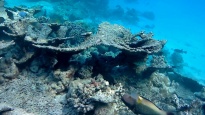

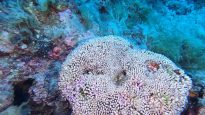
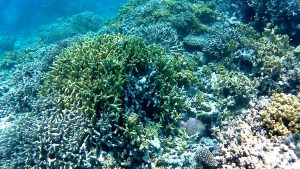


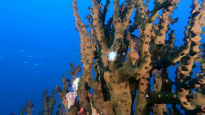
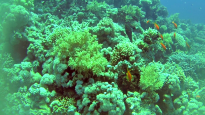
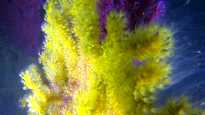
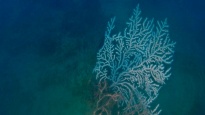
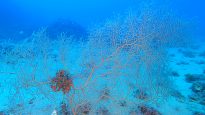

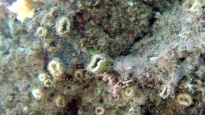
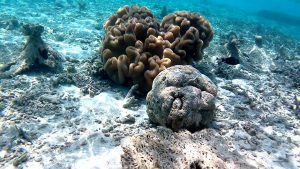
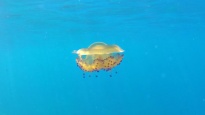
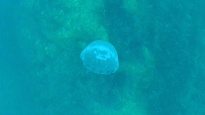
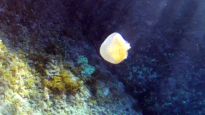
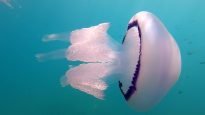
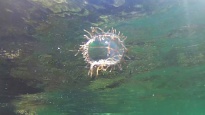
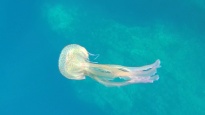
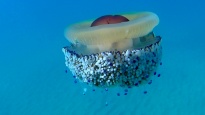
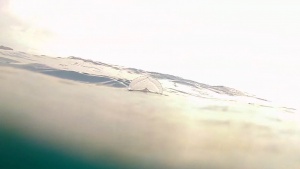
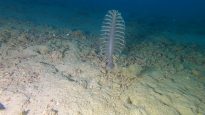
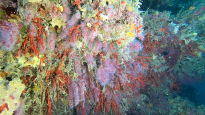
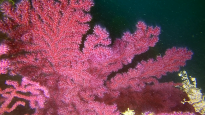
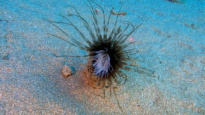
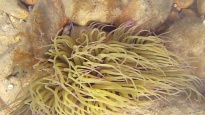
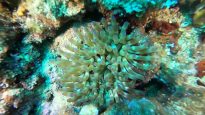
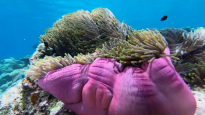
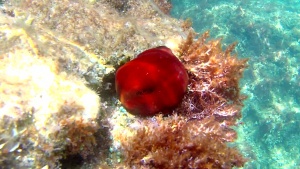

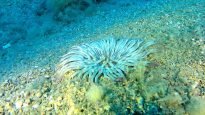

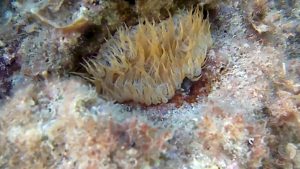
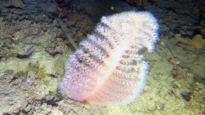
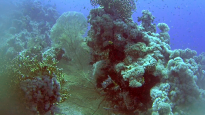
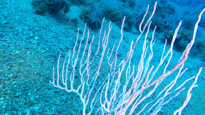
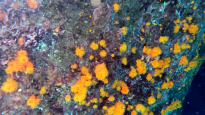

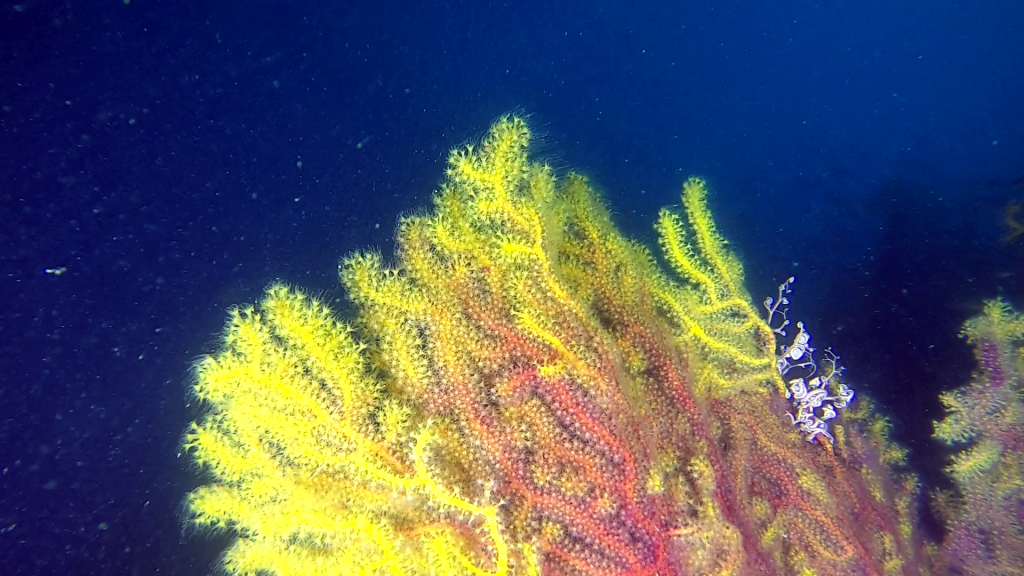
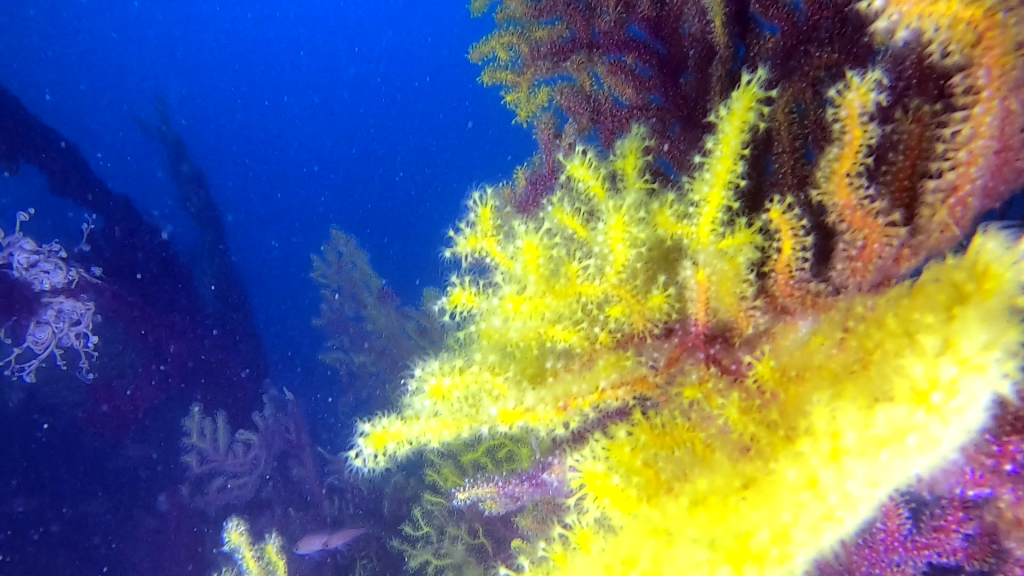
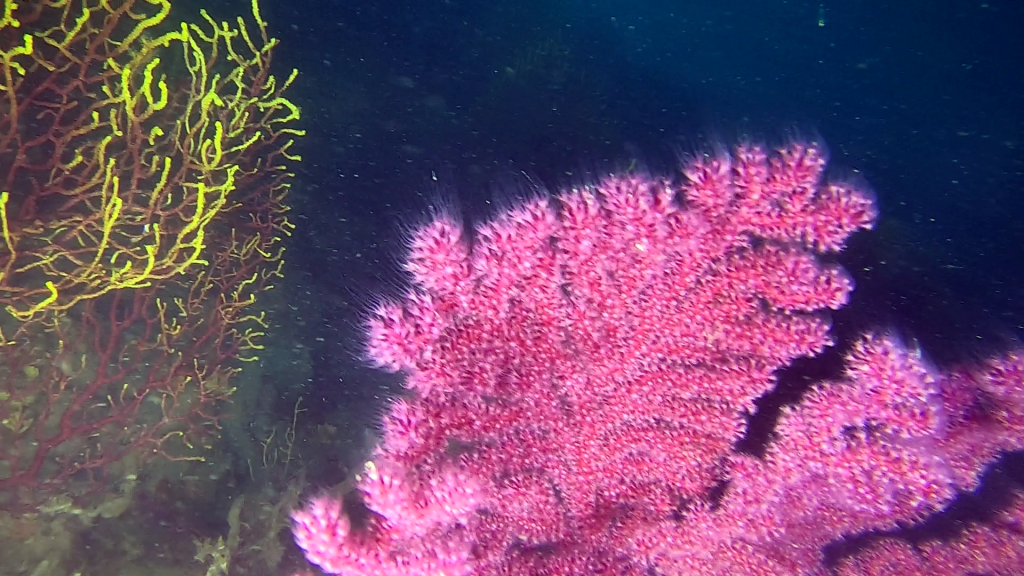
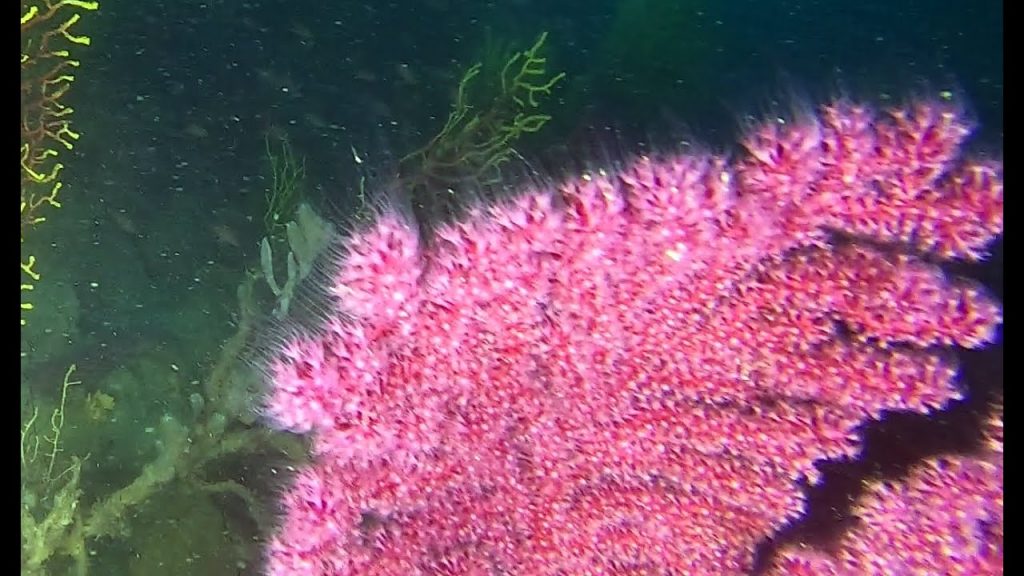
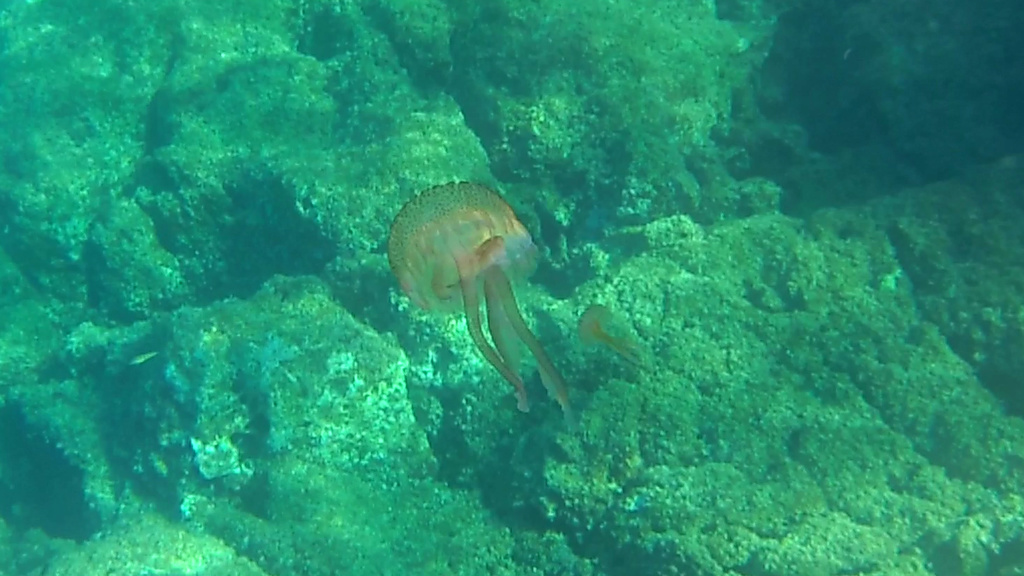
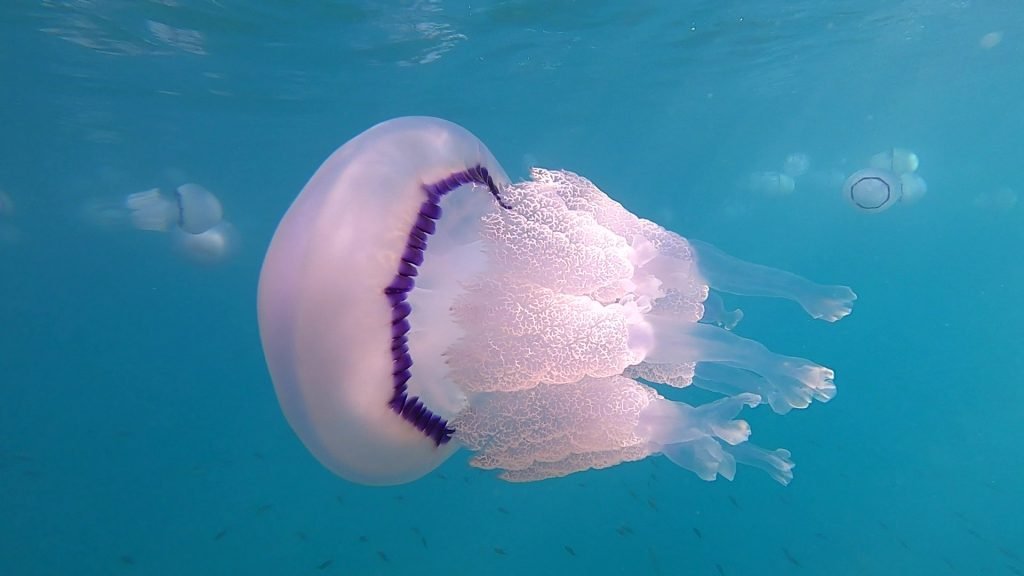
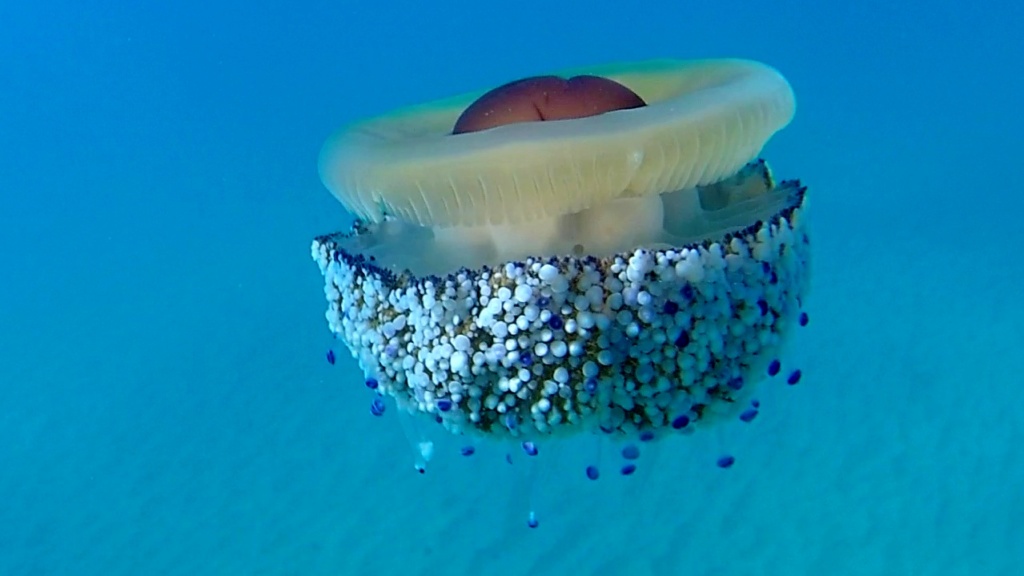
I came across your Cnidari Celenterati Cnidarians coelenterates celenteron website and wanted to let you know that we have decided to open our POWERFUL and PRIVATE website traffic system to the public for a limited time! You can sign up for our targeted traffic network with a free trial as we make this offer available again. If you need targeted traffic that is interested in your subject matter or products start your free trial today: http://segundaibc.com.br/go/1i Unsubscribe here: http://pcgroup.com.uy/2a
This is really useful, thanks.